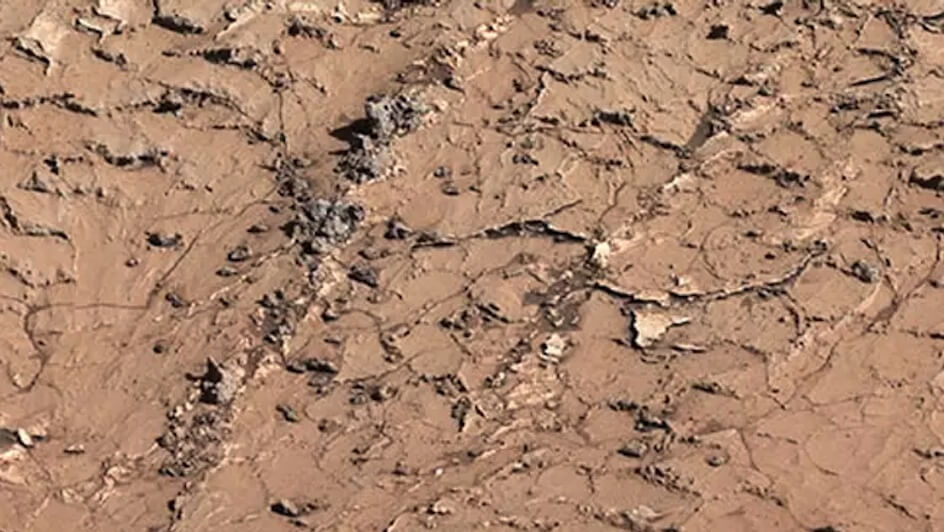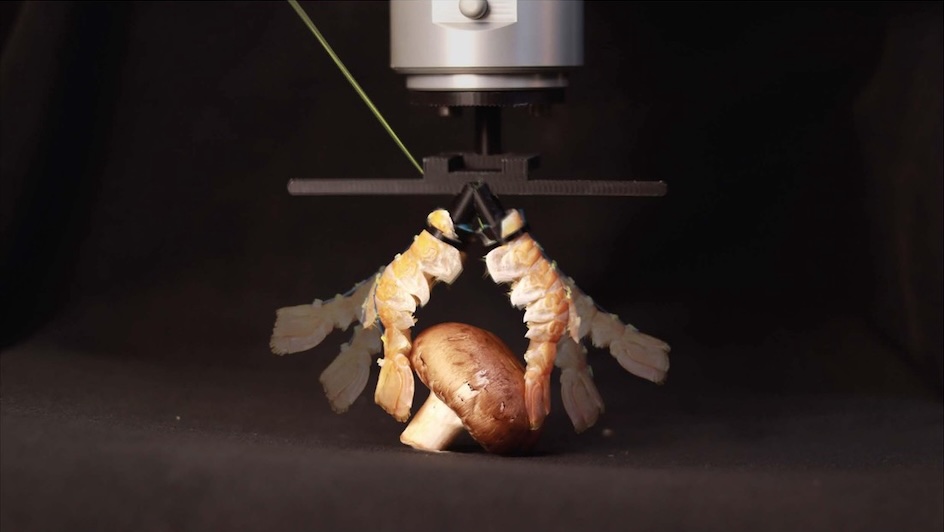Mars Rover Discovers Mud Cracks, Sparks Excitement at NASA

The Mars rover, Curiosity, has been on the Red Planet for a little over a decade, and while it has collected and transmitted a wealth of data, its latest discovery of cracked mud has National Aeronautics and Space Administration (NASA) scientists excited.
The wheeled robot recently sent images of hexagonal formations found within the ancient rock, strongly suggesting that Mars experienced consistently moist and arid weather cycles many millennia ago, which has further reinforced the notion that it once supported life.
As water is a vital component for sustaining and contributing to the evolution of organic life, this new information has confirmed many proposed ideas, such as those put forward by William Rapin of the French National Centre for Scientific Research in Toulouse, France.
“On Earth, people have run experiments that have shown that if you subject a rock to cycles of wet and dry spells, simple organic molecules can combine and form larger molecules, such as proteins, and even RNA and DNA,” Rapin told an online space publication last Friday, 11 August.
He added: “We now have for the first time vestiges of times that could have been conducive to the origin of life.”
Curiosity landed in the Gale Crater in 2012, and this new area has indications of clay, – which is formed typically where there is water – along with the presence of sulphates when water dries. Discovering such a geological phenomenon in another region of Mars has added another piece to NASA’s puzzle of life on the planet.
Image Credit: Source





















